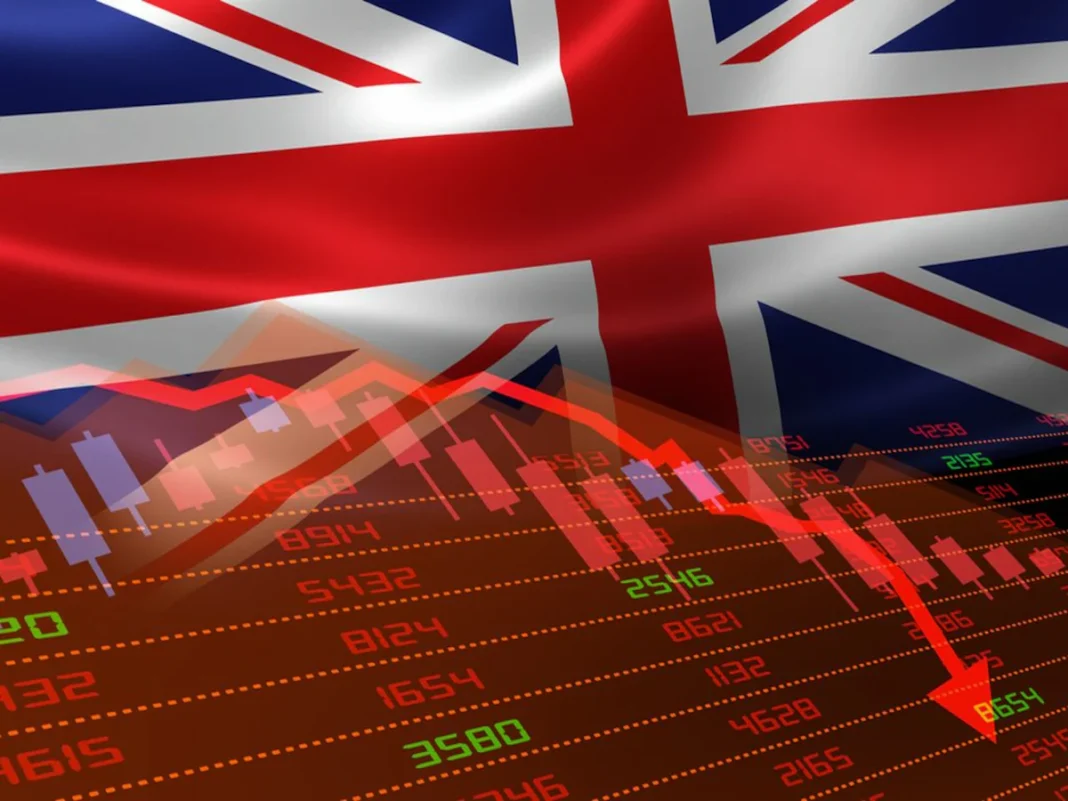Expectations for the British economy have remained relatively steady, with a modest growth rate of 1% projected for the year 2025. This outlook was derived from the findings of a recent Reuters poll, which included insights from 52 economists surveyed between June 5 and 10. Despite ongoing uncertainty surrounding international tariffs, only slight adjustments were made to earlier forecasts. These projections were released ahead of a major fiscal announcement expected from the finance ministry, led by Rachel Reeves, whose comprehensive spending review was scheduled for June 11. Anticipated spending increases are believed to be concentrated in the areas of healthcare and defence, reflecting governmental priorities amid a cautious economic environment.
According to the results of the poll, the British economy is likely to experience a minor acceleration in 2026, with growth reaching approximately 1.2%, following a similarly modest 1.1% expansion expected in 2024. These estimates closely mirror those published by the Office for Budget Responsibility and suggest that, despite the economic headwinds, a broad consensus has been maintained among analysts and policymakers about the UK’s near-term economic trajectory.
The performance of the economy in the first quarter of 2025 was slightly stronger than anticipated, registering a growth of 0.7%. However, subsequent quarters are expected to deliver slower results. Forecasts indicate a potential slowdown to 0.1% in the second quarter, followed by a slight rise to 0.2% in the third quarter and a more stable 0.3% increase in the final quarter. These figures suggest a year marked by restrained but persistent economic activity, reflective of both domestic adjustments and global economic pressures.
Despite concerns about potential tariff impacts, particularly following trade developments involving the United States, only limited influence on overall UK growth has been anticipated. This sentiment was echoed by James Smith, an economist at ING, who pointed out that the sectors most vulnerable to tariff adjustments—such as automotive, steel, and pharmaceuticals—constitute a relatively small share of the UK’s gross domestic product. It was highlighted that British goods exports to the United States amount to only about 2% of the nation’s GDP, thus mitigating the broader economic threat posed by new trade barriers.
While the United Kingdom remains the only major economy to have formalized a trade agreement with the United States that offers some exemptions—particularly from steel and aluminium tariffs introduced during the Trump administration—a general 10% levy on goods exports remains active. As such, the economy continues to face limited but tangible friction in transatlantic trade, though its impact has been assessed as marginal in the broader macroeconomic context.
On the monetary policy front, the Bank of England is expected to maintain its Bank Rate at 4.25% in the near term. The central bank is, however, anticipated to initiate a gradual easing cycle, with a quarter-point interest rate cut forecasted for August, followed by another reduction in the final quarter of 2025. This would bring the benchmark rate down to 3.75% by the end of the year. These expectations were shaped in part by recent labor market data indicating a mild rise in the unemployment rate and a deceleration in wage growth—factors which typically reduce inflationary pressure and allow for looser monetary policy.
A clear majority of the economists polled expressed agreement with the view that two rate cuts are likely before the end of the year. Financial markets, too, have adjusted to price in this trajectory, responding to the latest economic indicators and statements from the Bank of England. The central bank’s cautious approach reflects its balancing act between supporting economic recovery and maintaining price stability in an inflation-sensitive environment.
The broader picture, as presented by the Reuters poll, points to an economy that is recovering gradually but remains weighed down by global uncertainty, domestic fiscal pressures, and cautious consumer sentiment. While the UK’s avoidance of the steep downturns seen in some peer economies offers some reassurance, the slow pace of expansion has tempered optimism among analysts and policymakers alike.
Overall, while dramatic changes in growth projections have not occurred, a tone of caution persists. The UK economy appears to be navigating a period of modest recovery, supported by stable but restrained consumer activity, mild investment growth, and a central bank poised to act should economic conditions require it.












